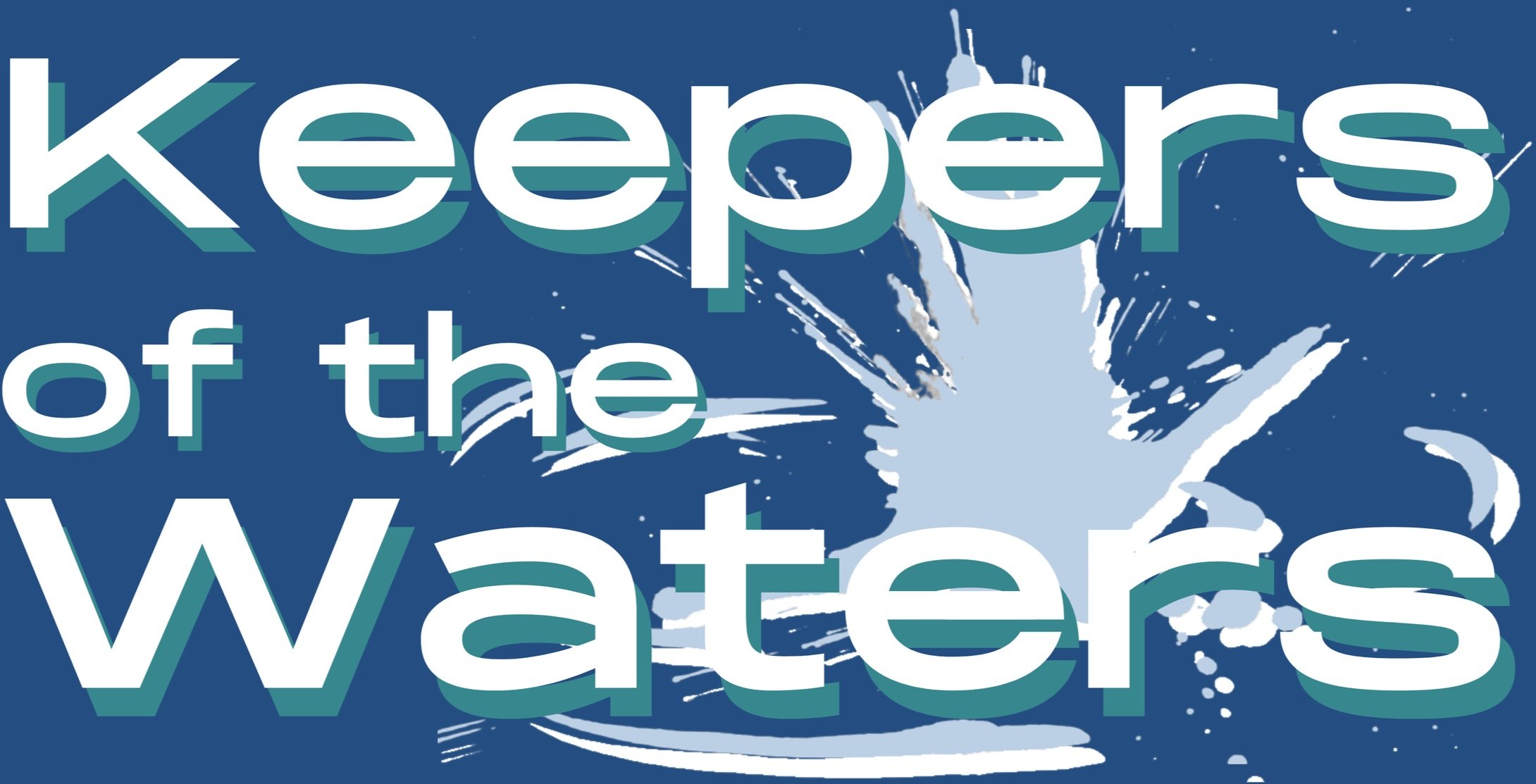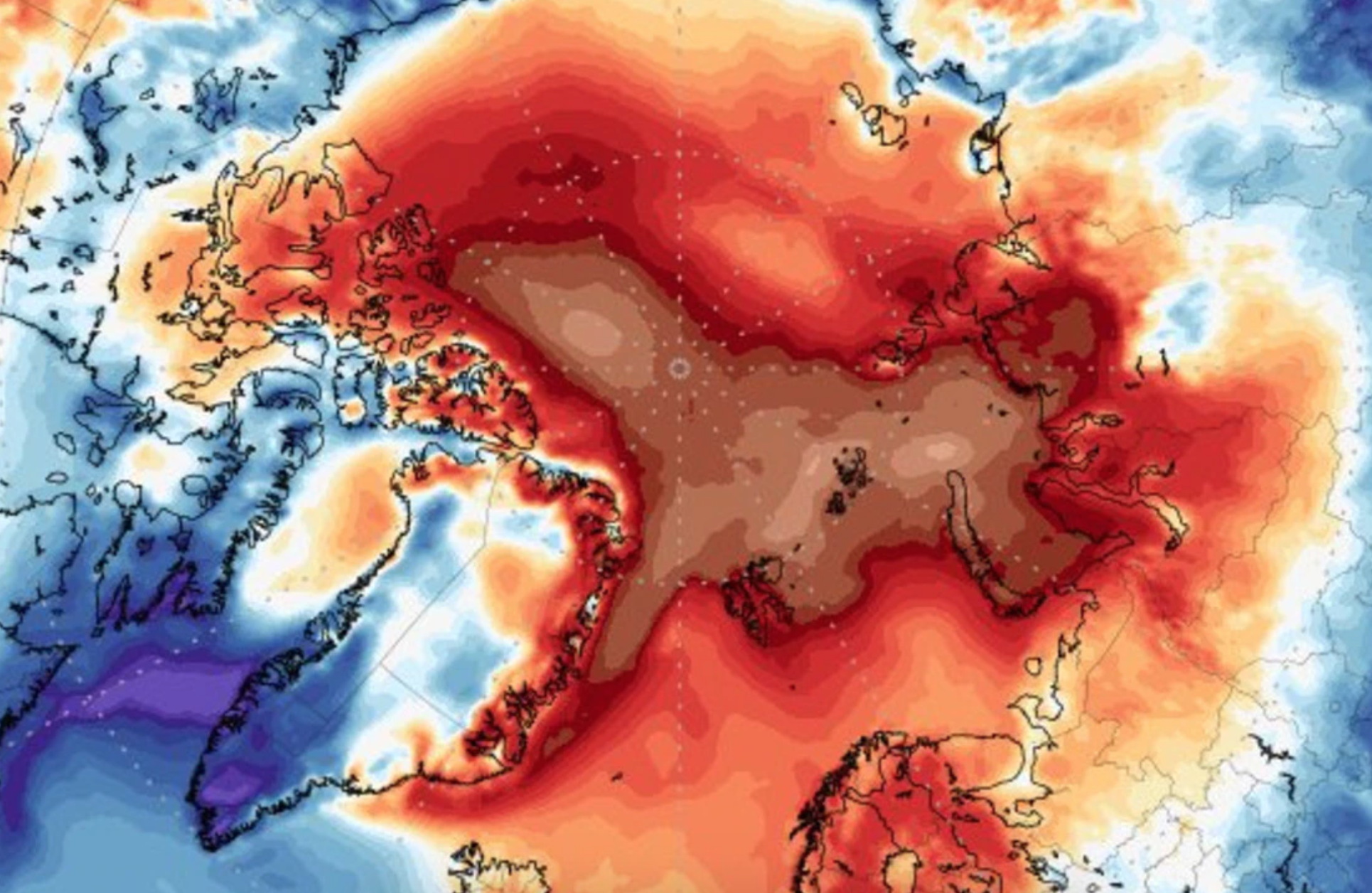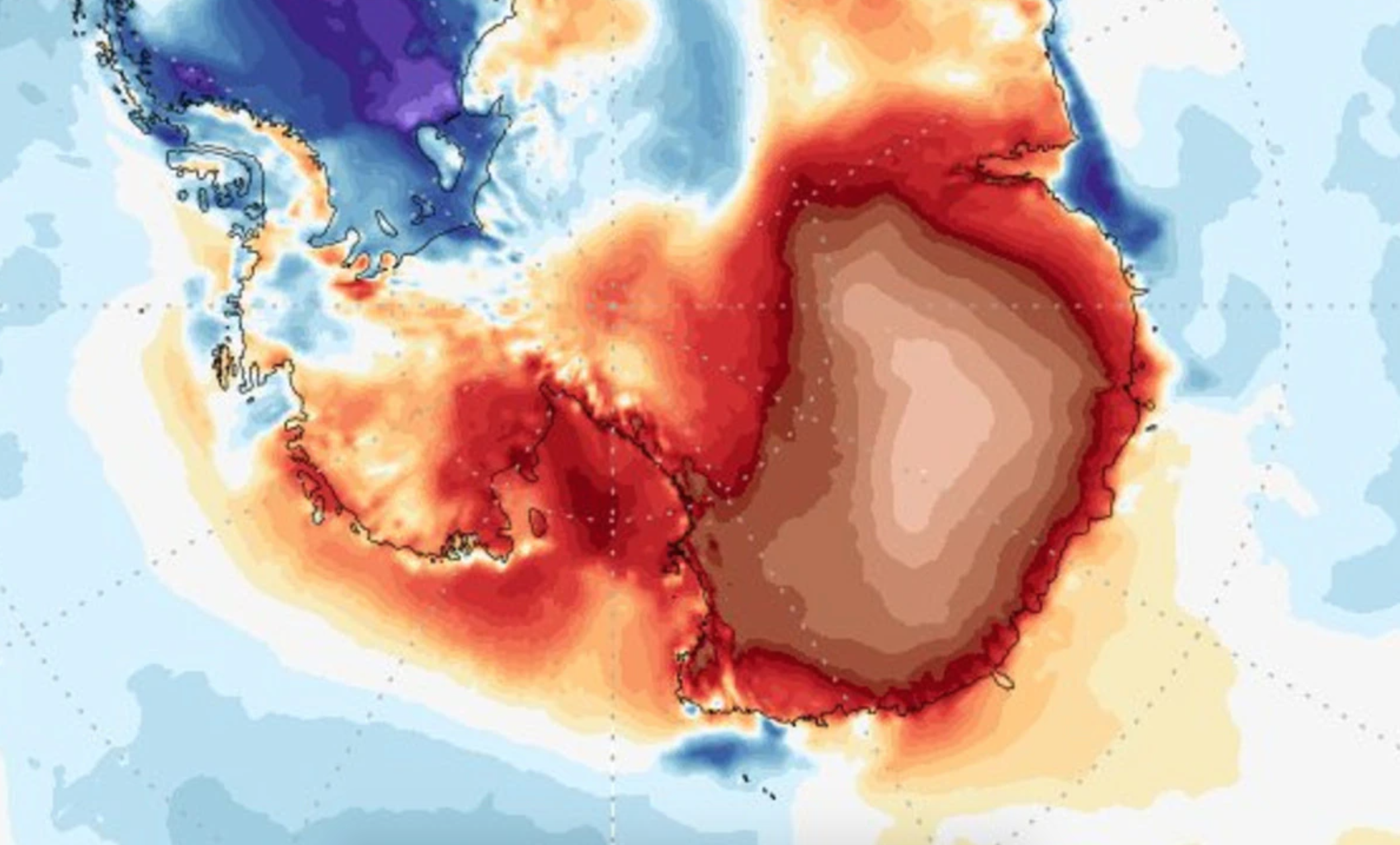Our Melting Ice
This month brought shocking developments in both the Arctic and Antarctica: in a heat wave that stunned scientists, temperatures peaked at least 50 degrees higher than average in both polar regions. Keep in mind that because it’s March, neither pole is close to summer right now. The heat wave continues, and it’s unclear when temperatures will drop back down anywhere close to normal.
The planet's average surface temperature has risen about 1.62 degrees Fahrenheit in the past century, with most of that warming taking place in the last 35 years. The science is clear: this warming is human-caused, and will have catastrophic effects unless we immediately reduce carbon emissions. One of the most direct effects of global warming is the melting of earth's precious glaciers and ice fields.
Take Glacier National Park. In 1910, it was home to an estimated 150 glaciers. Since then the number has decreased to fewer than 30, and most of those remaining have shrunk in area by two-thirds. Within 30 years, scientists say, Glacier National Park will lose its namesake. Glacial melting presents an existential threat: extreme runoff is filling up the ocean. Sea levels are slated to rise by over 2 feet in the next 100 years, meaning catastrophic flooding for communities—especially vulnerable ones—around the world. Melting permafrost—permanently frozen arctic soil—threatens to release greenhouse gases, making things exponentially worse. Last, on a cultural level, many dying glaciers like those in Tibet have a deep spiritual significance to the people living around them.
We don't need a 20-year plan; we need a plan for right now. We must restore our land's capacity to store water. We must reforest vast swaths of earth's land. And we need to reduce greenhouse gas emissions immediately.



